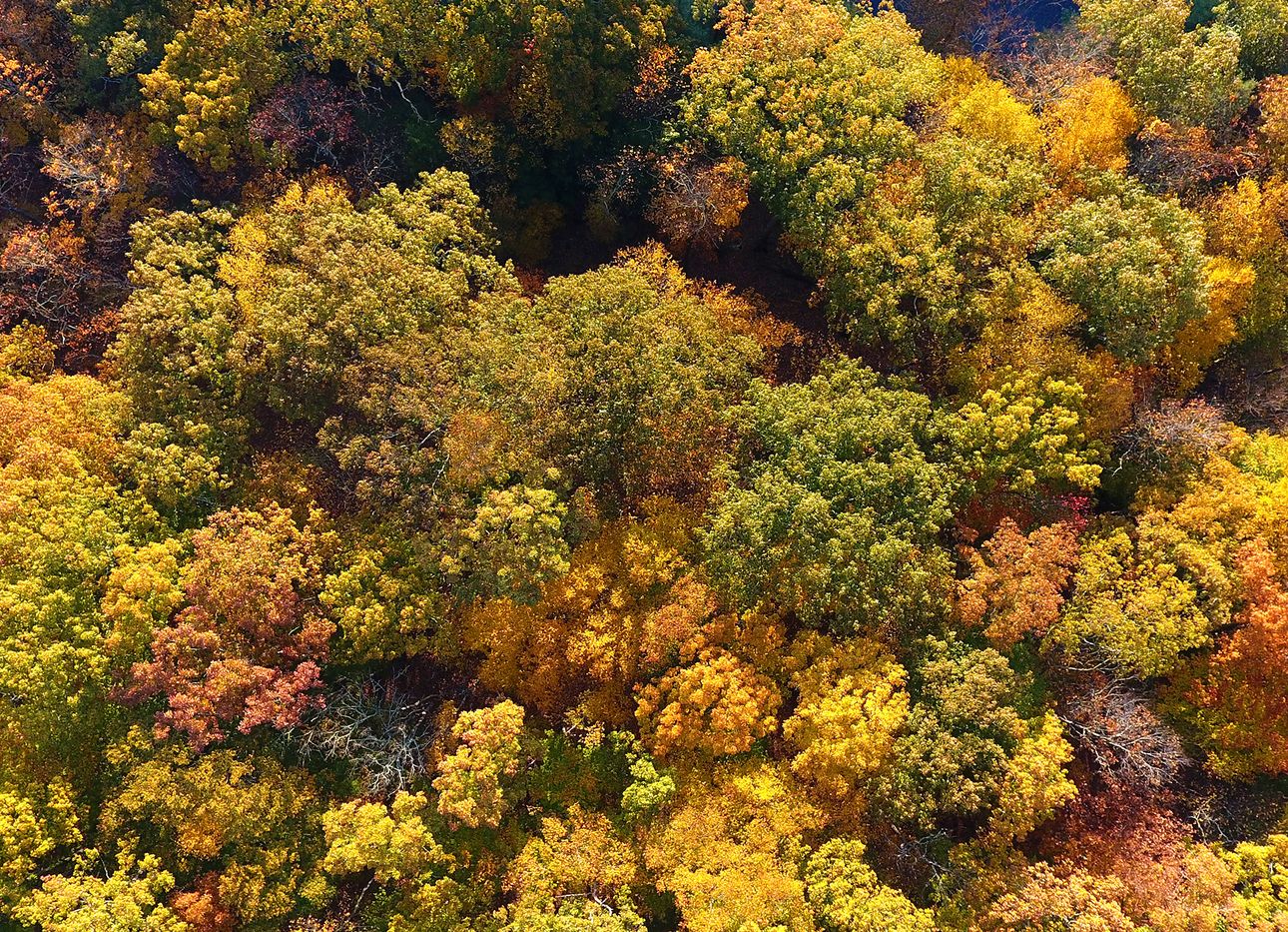
The Sweet, Sweet Scent of Fall, Explained
The crunch of leaves underfoot, bare branches and colorful canopies of auburns, yellows, and fading greens: Fall is here—pumpkin-spice lattes and all—and we don’t just see it and feel it in the temperature drop. As it turns out, we also smell the changing seasons. Some may associate fall with the scent of harvest, or melancholy; for others, October brings to mind cinnamon and campfires. All are hardwired into our memories, and combined with our other senses, fall is more than a season; it’s a feeling. And no, it’s not a nostalgic figment of your imagination.
According to scientists, what we’re really smelling is the scent of trees “exhaling,” as they finish photosynthesizing for the year, in preparation for the cold of winter, and shed their summer leaves. Organic compounds, in the form of terpenes and isoprenoids, are released through stomata—little pore-like holes that allow the plant to breathe. Terpenes are found in a plant’s essential oils, and make up the distinctive scent of, say, a pine tree or eucalyptus we smell on an autumnal hike. It’s a gift from nature that eases us into inevitable change and transition. Whiff it up while it lasts; it’ll be through before you can say “Black Friday.”